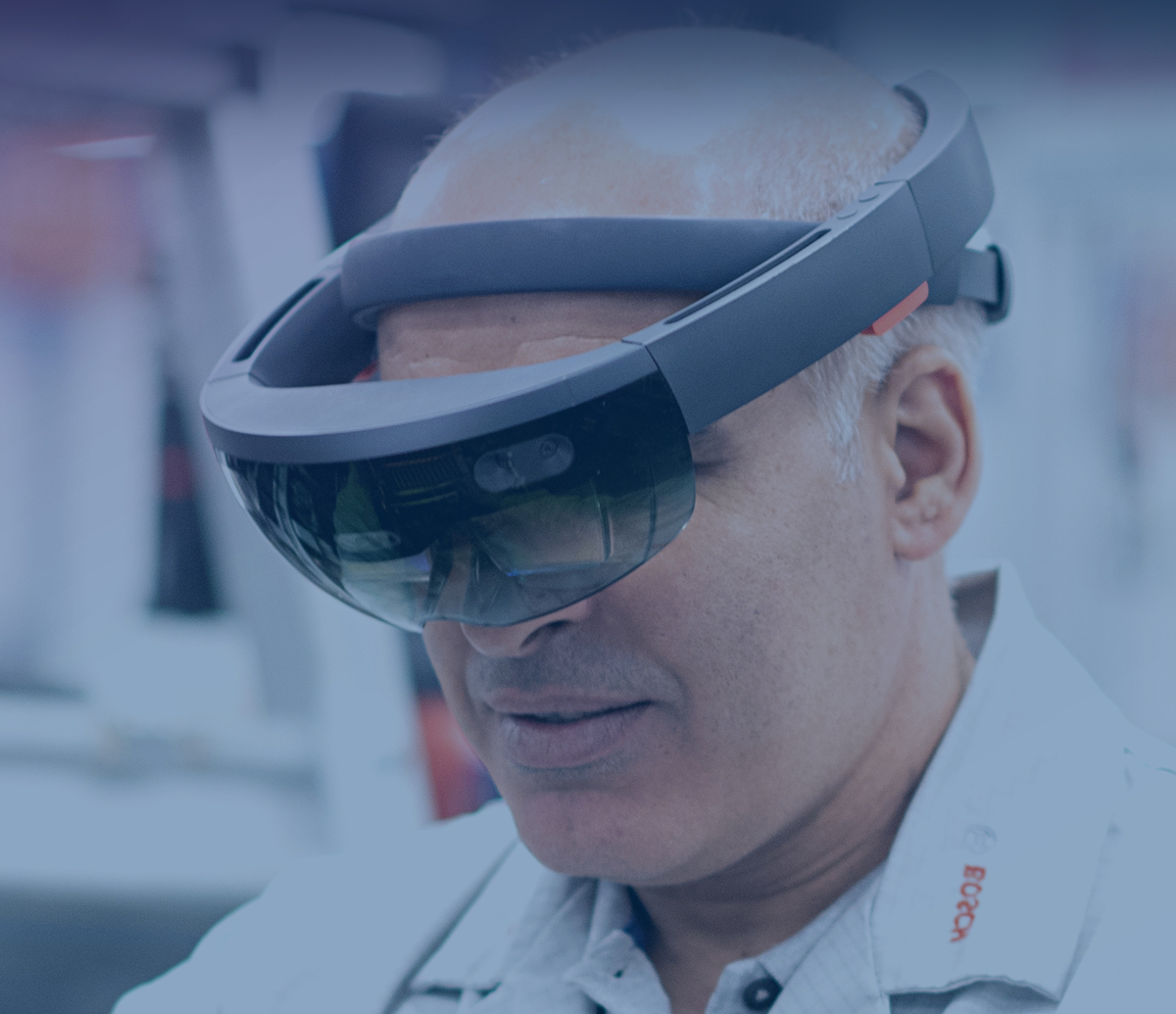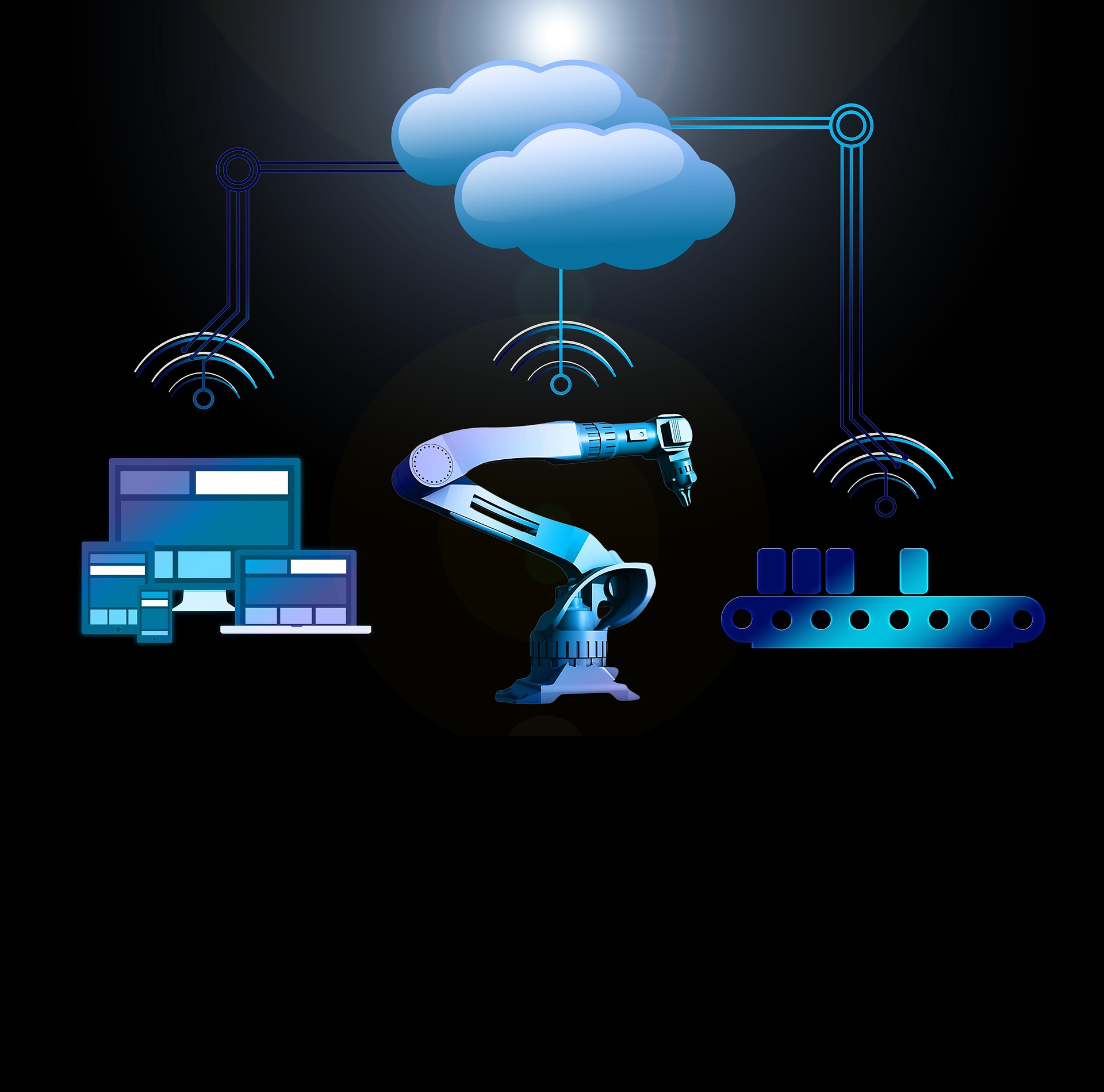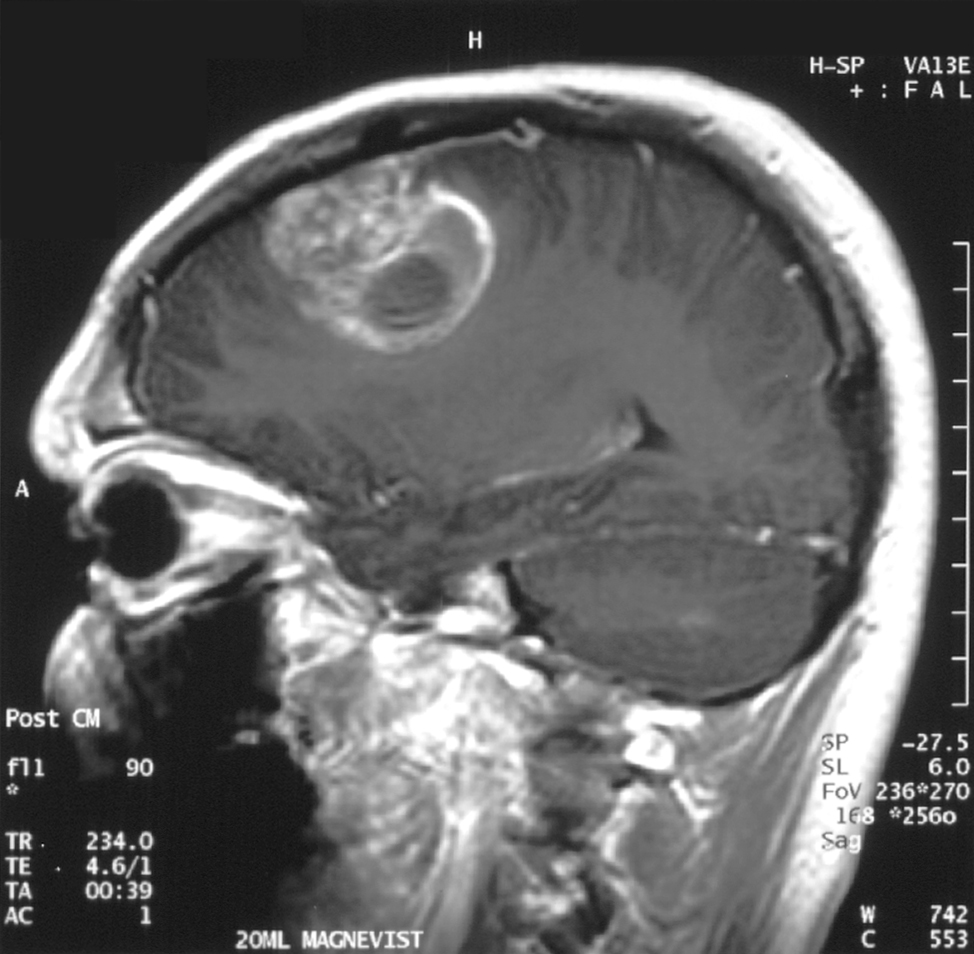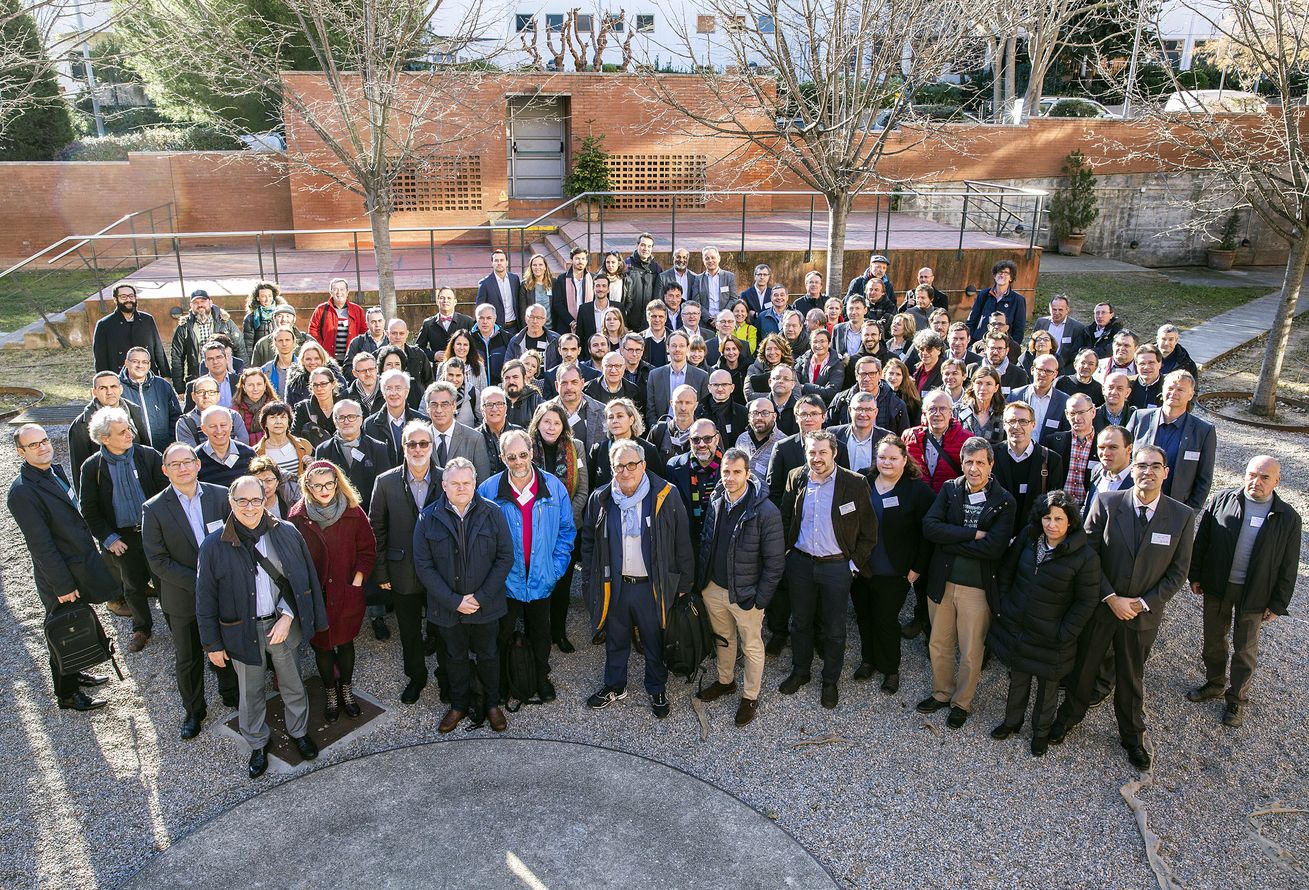
IRON-MEN: augmented reality for operators in the Industry of the Future
Carnot EN, Digital, In the NewsI’MTech is dedicating a series of success stories to research partnerships supported by the Télécom & Société Numérique (TSN) Carnot Institute, which the IMT schools are a part of.
[divider style="normal" top="20" bottom="20"]
The…

When organizations respond to cyberattacks
Digital, In the NewsCyberattacks are a growing reality that organizations have to face up to. In the framework of the German-French Academy for the Industry of the Future, researchers at IMT and Technische Universität München (TUM) show that there are solutions…

Data centers: when digital technology transforms a city
Digital, In the News, SocietyAs the tangible part of the digital world, data centers are flourishing on the outskirts of cities. They are promoted by elected representatives, sometimes contested by locals, and are not yet well-regulated, raising new social, legal and technical…

Algorithmic bias, discrimination and fairness
Digital, In the News, SocietyDavid Bounie, Professor of Economics, Head of Economics and Social Sciences at Télécom ParisTech
Patrick Waelbroeck, Professor of Industrial Economy and Econometrics at Télécom ParisTech and co-founder of the Chair Values and Policies…

The many layers of our environmental impact
Energy & environment, Environment, In the NewsAn activity can have many consequences for the environment, from its carbon footprint, water consumption, pollution, changes to biodiversity, etc. Our impacts are so complex that an entire field of research has been developed to evaluate and…

Using personalised services without privacy loss: what solutions does technology have to offer?
Digital, In the News, SocietyOnline services are becoming more and more personalised. This transformation designed to satisfy the end-user might be seen as an economic opportunity, but also as a risk, since personalised services usually require personal data to be efficient.…

Glioblastoma: electric treatment?
Health, In the NewsAt Mines Saint-Étienne, the ATPulseGliome project is looking into a new form of cancer treatment. This therapeutic approach is aimed at fighting glioblastoma, an especially aggressive form of brain cancer, using electrical stimulation. It could…

AI4EU: a project bringing together a European AI community
Digital, Europe EN, In the NewsOn January 10th, the AI4EU project (Artificial Intelligence for the European Union), an initiative of the European Commission, was launched in Barcelona. This 3-year project led by Thalès, with a budget of €20 million, aims to bring Europe…

SPARTA: defining cybersecurity in Europe
Digital, Europe EN, In the NewsThe EU H2020 program is continuing its efforts to establish scientific communities in Europe through the SPARTA project dedicated to cybersecurity. This 3-year project will bring together researchers to take up the new cybersecurity challenges:…

From personal data to artificial intelligence: who benefits from our clicking?
Digital, In the News, SocietyClicking, liking, sharing: all of our digital activities produce data. This information, which is collected and monetized by big digital information platforms, is on its way to becoming the virtual black gold of the 21st century. Have we all…

